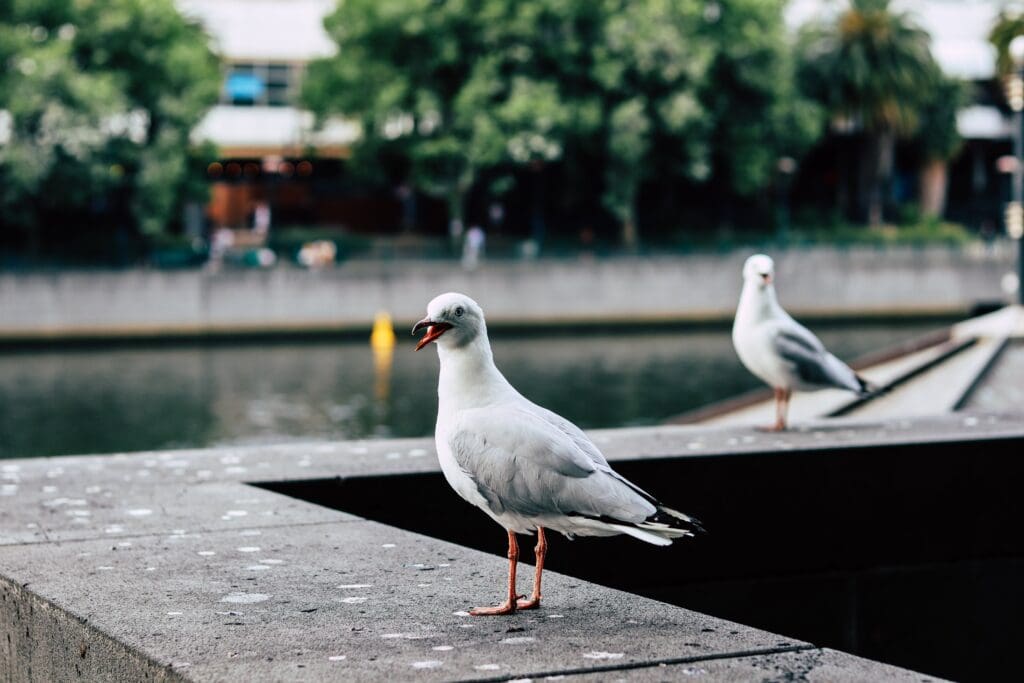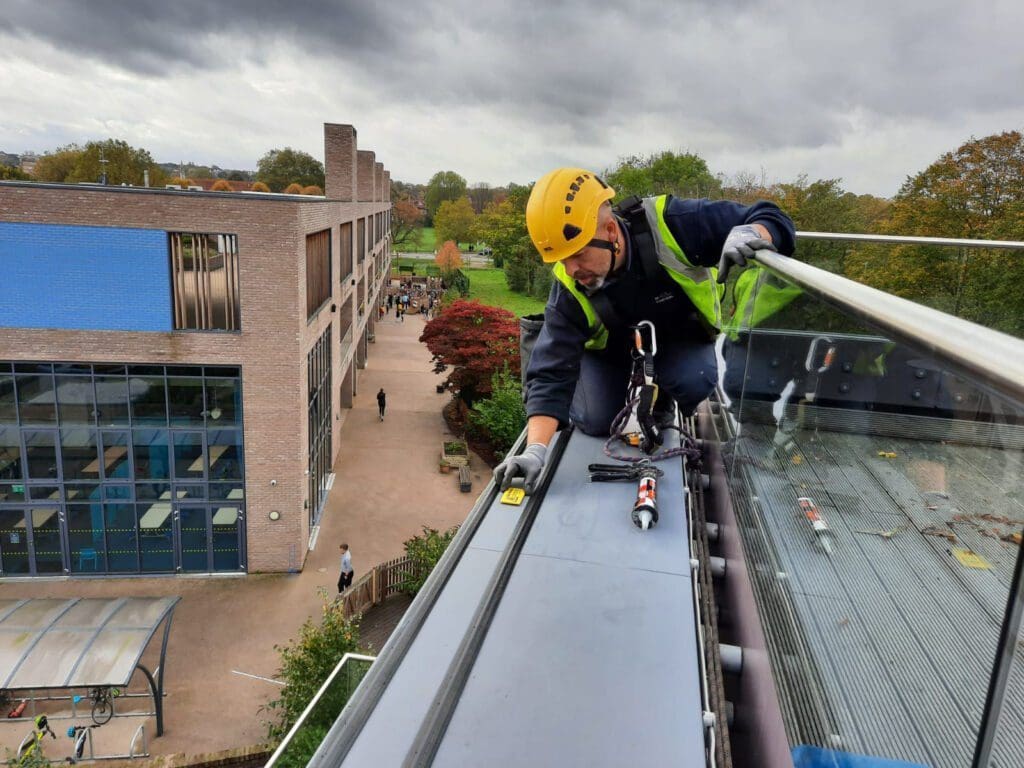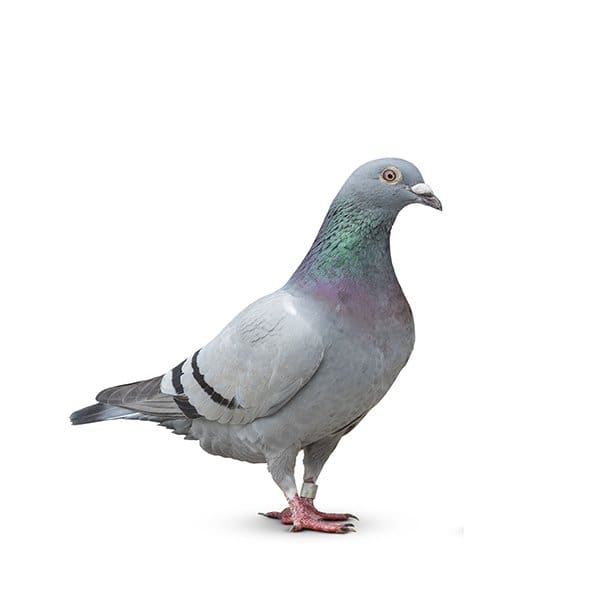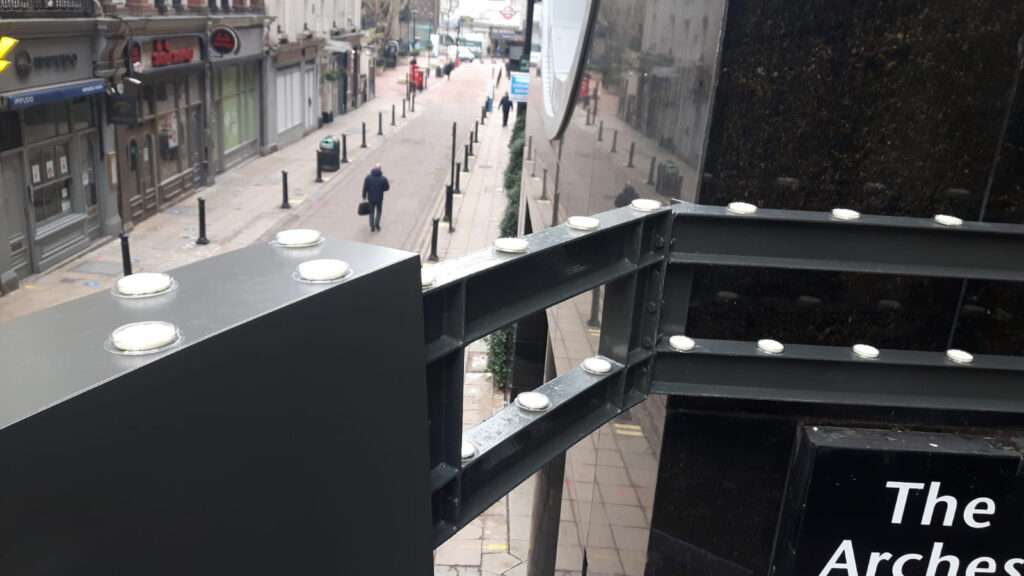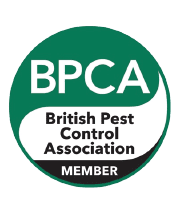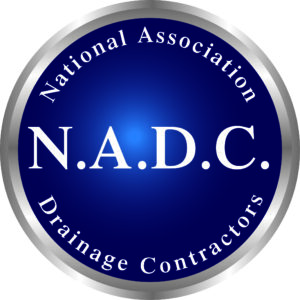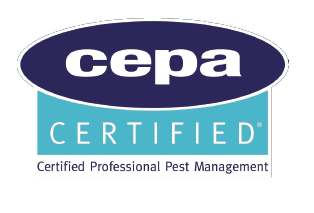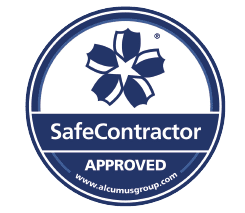Nesting Season Preparedness: Why Early Bird Proofing Matters for Your Business
Gull nesting season is fast approaching which makes now the perfect time to prepare your building. The Wildlife and Countryside Act 1981 protects wild birds, their nests and eggs which means dealing with birds during nesting season is very challenging. When it comes to birds, prevention is considered the best option.
Biology
Once a breeding site is chosen, Gulls will return to it each year. This means if you had a gull problem last year, you are likely to have a reoccurrence this spring. Gulls will lay eggs in April and May. Once the eggs are laid they will take approximately 30 days to hatch and a further 10 days before the chicks can take their first flight.
Why are nesting birds a problem?
There are a number of potential problems that can arise with nesting birds:
- Property Damage
The Gulls will make nests with a wide variety of debris which can lead to blockages in drain pipes and damage to roofs. Bird guano (bird droppings) can also degrade the building over time. These can lead to costly repairs, especially where access is difficult.
- Health Hazards
Bird guano is known to harbour a variety of bacteria, fungi and parasites that are harmful to humans. During nesting season guano will accumulate around the nest. I can also lead to slip hazards for people entering your building.
- Operational Disruptions
During nesting season Gulls are particularly aggressive to anyone working in the vicinity of the nest. This can disrupt your staff in carrying out their duties. They can also generate a lot of noise causing distraction and disruption to your day.
Benefits of Early Bird Proofing
Considering the risks and hazards posed by these birds, carrying out early birdproofing is the right strategic decision to save your company in the long term.
Long-Term Cost Savings
Early bird proofing should be considered as a preventative measure for any business. The cost of repairs following damage from just one nesting season can soon outweigh the cost of proofing.
Improved Business Continuity
Uninterrupted business operations is paramount to the success of every business. Consider the repercussions of having to stop work due to a gull attack, and if this is during nesting season when the nests are protected, you run the risk of this happening multiple times before you can carry out the appropriate proofing.
Protect your Reputation
Your building is a representation of your business, if your customers are arriving and there is guano on the floor and side of the building, your reputation can quickly be damaged. The noise and aggressive tendencies during nesting season can also be very off-putting for customers.
Customised Bird Proofing Solutions
We recognise that every business is unique requiring a customised solution for each customer. Our commitment to innovative solutions ensures we are able to carry out proofing in even the most complicated buildings.
Our Solutions
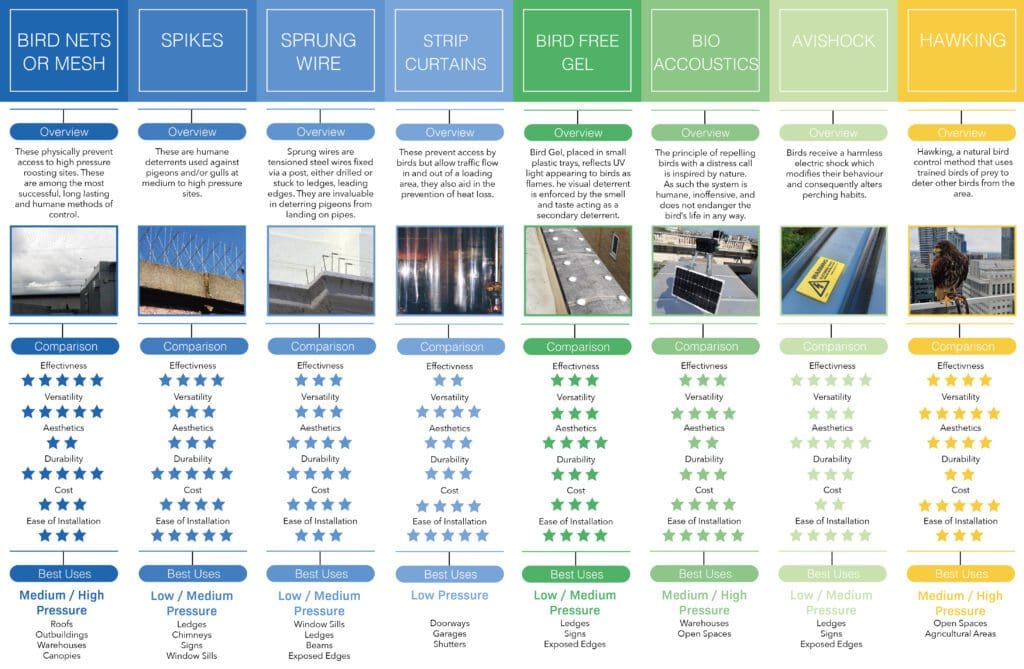
The urgency of early bird proofing is not to be underestimated. If you require bird proofing carried out before nesting season you need to consider having surveys carried out from November – February at the latest. This will ensure a customised solution can be planned and works can be fully carried out before the start of nesting season.
If you are interested in finding out more about any of these bird control solutions contact us on 020 8355 3443.



